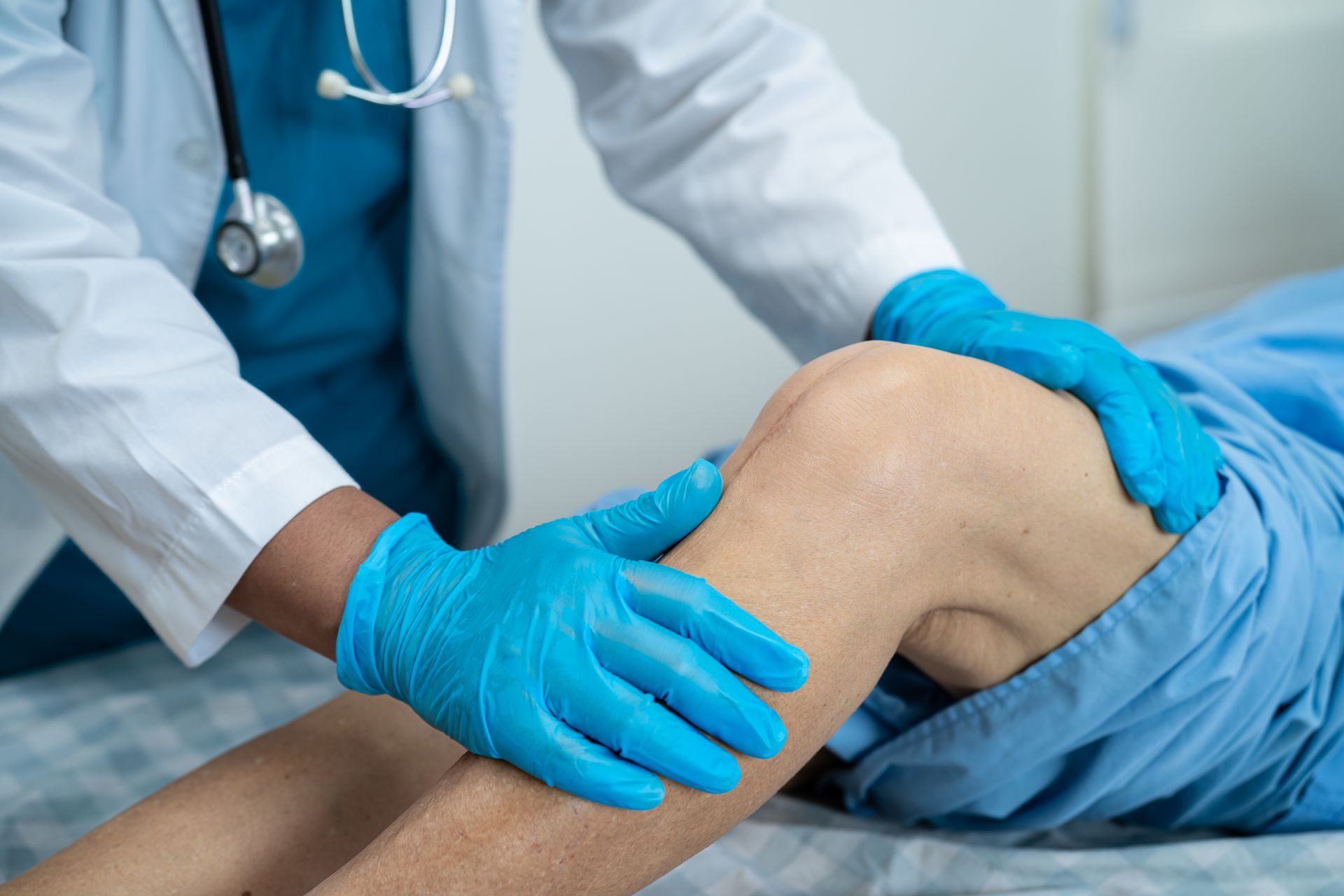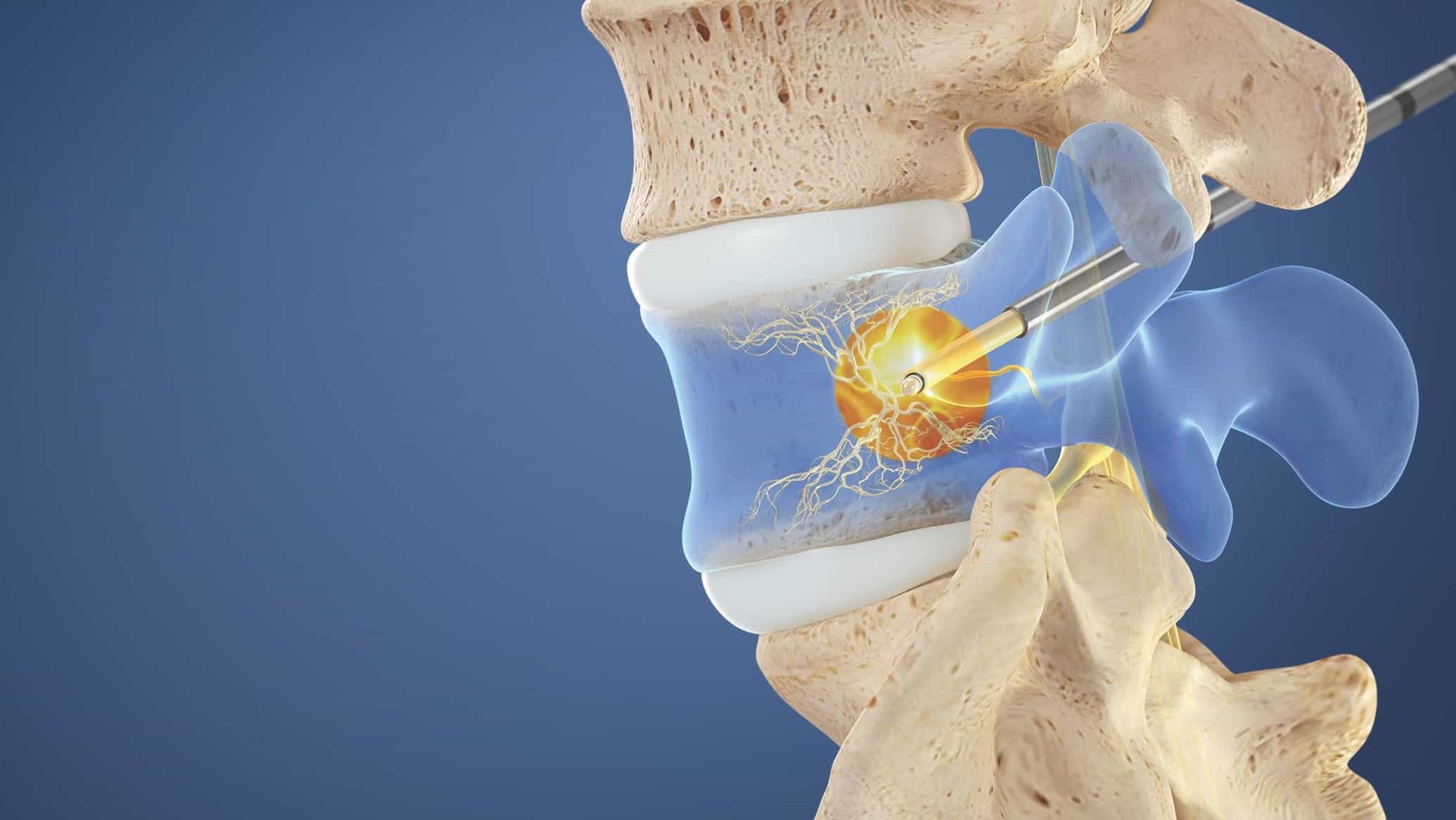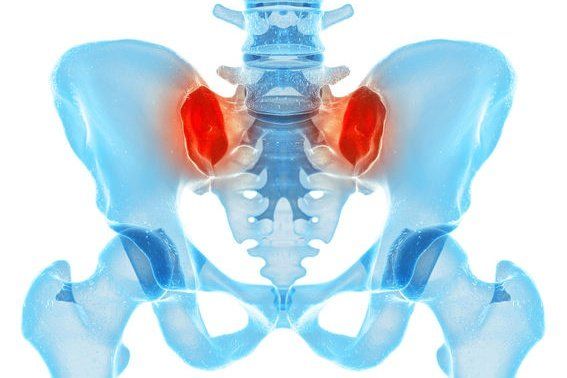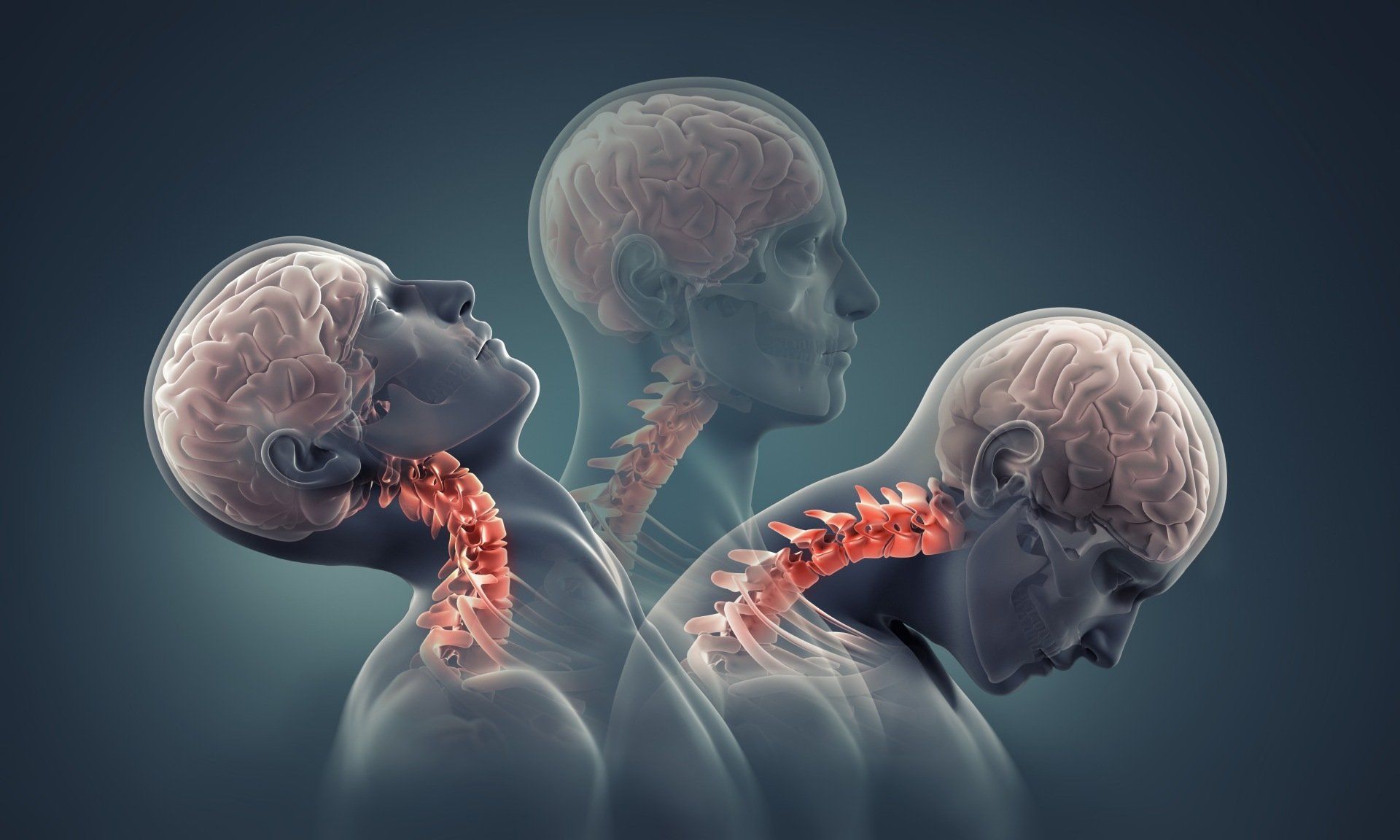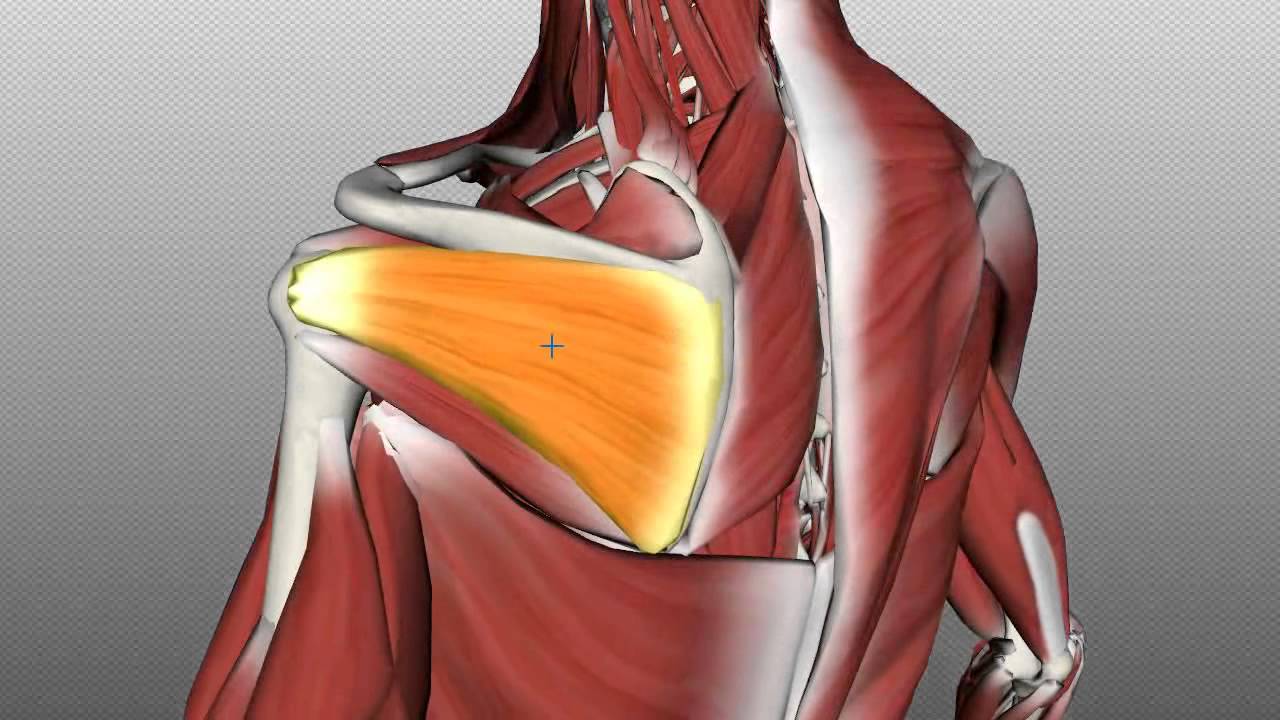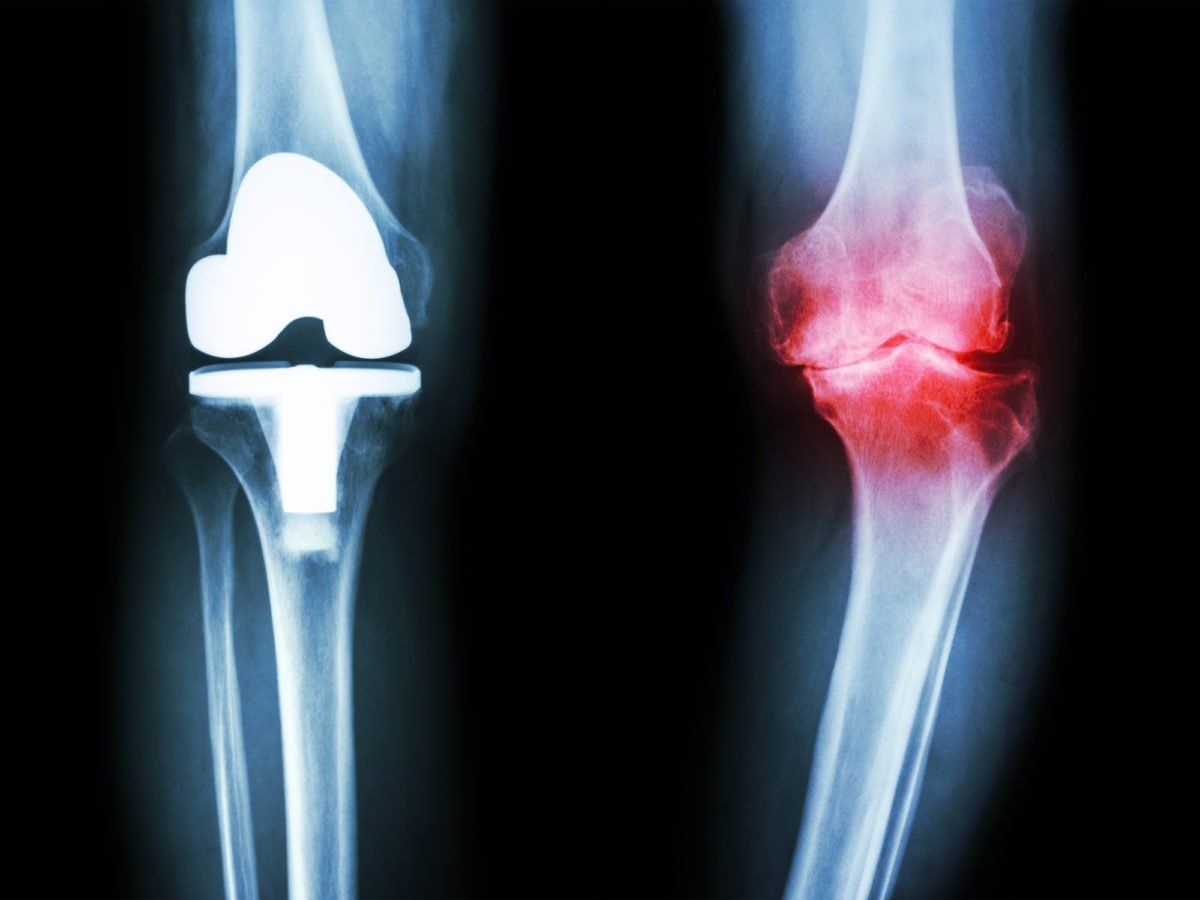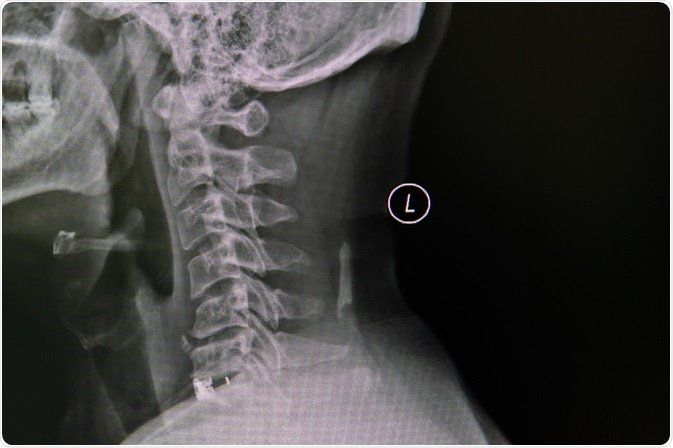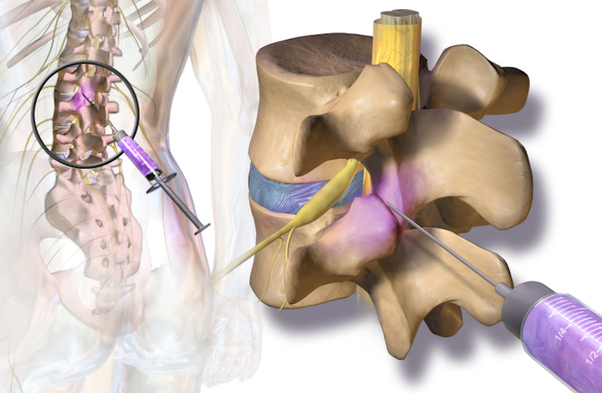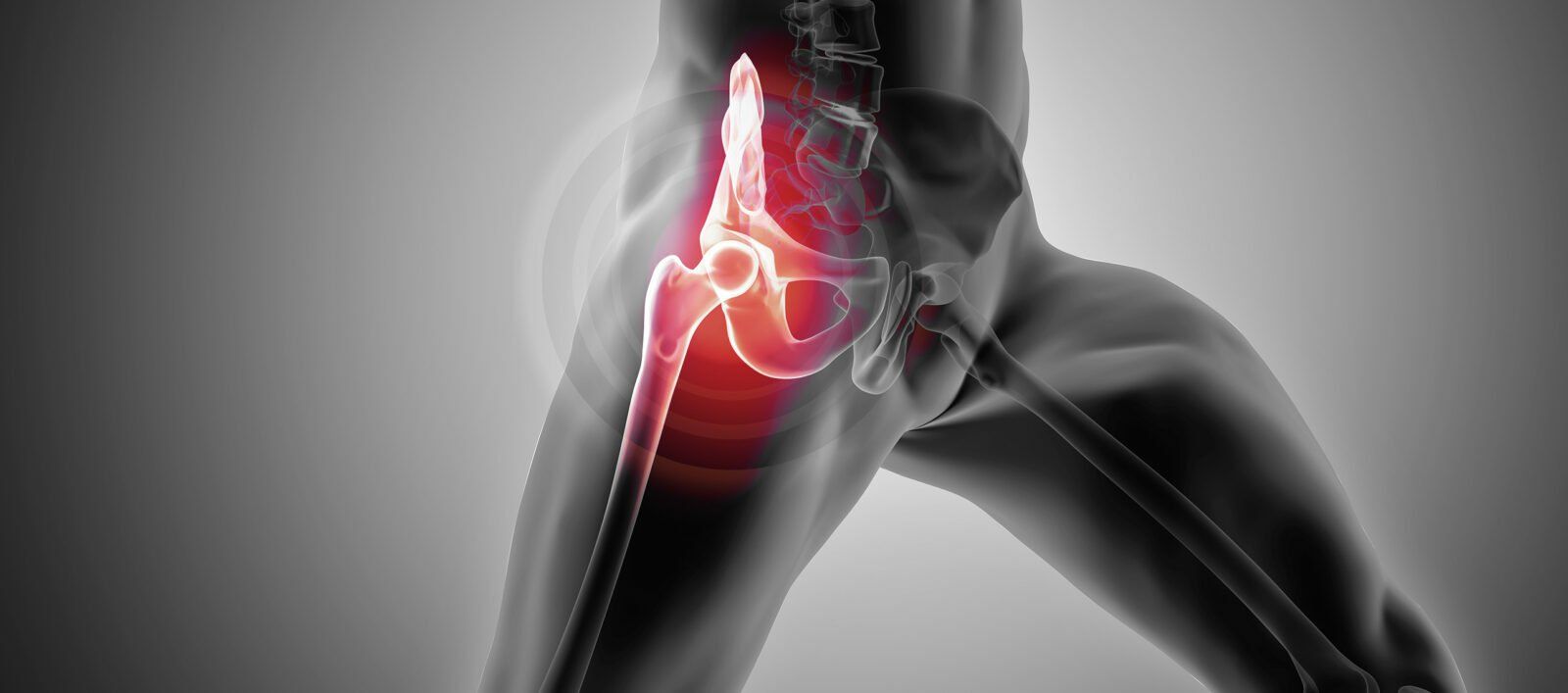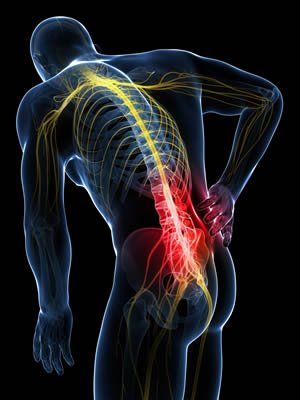Services
Cubital Tunnel Syndrome
What is it?
A nerve problem which is also called Golfer's Elbow or Ulnar Nerve Entrapment. The nerve
may become compressed, irritated or stretched on the inside aspect of the elbow causing pain, tingling, numbness and weakness down the inside of the forearm to the 4th and 5th digits.
How does it occur?
The ulnar nerve passes through the narrow cubital tunnel at the elbow, which is normally cushioned and protected by soft tissue. The area may become damaged by a compression injury. It can become compressed by resting your arm on your armrest for a prolonged time. It can be
compressed by a lesion or build up of inflammation. The nerve can become irritated by repetitive use of the elbow such as a golf swing. The nerve can also be damaged by stretching the nerve by bending the elbow for too long such as when you are sleeping, computer work or holding a phone to your ear.
How is it diagnosed?
Ulnar neuropathy may be diagnosed by symptoms however, confirmation of the diagnosis can be made by electrodiagnostic studies. X-rays may reveal calcium deposits on adjacent bones which can cause irritation to the nerve. MRI of the elbow may be further diagnostic.
How is it treated?
Icing the inside of the elbow will help decrease inflammation and give relief. Topical and oral antiinflammatories may also help reduce inflammation. Physical therapy is needed when these
modalities are not effective. The therapist may use laser light therapy, ultrasound therapy and myofascial release therapy. The therapist will also give you therapy exercises to continue with at home. Wearing a brace over the area at night may be helpful to keep the arm straight while sleeping.
Injections and Surgery?
When the conservative modalities are not effective, injections with a steroid or biologics may be considered. PRP, or platelet rich plasma injections, can often be helpful. Amniotic fluid injections can be considered to help with inflammation and pain. Surgery can be done in the form of a cubital tunnel release to release the pressure around the nerve by cutting the tissue around the nerve. Ulnar nerve transposition surgery may also be considered to move the ulnar nerve to a place where it is no longer compressed.
